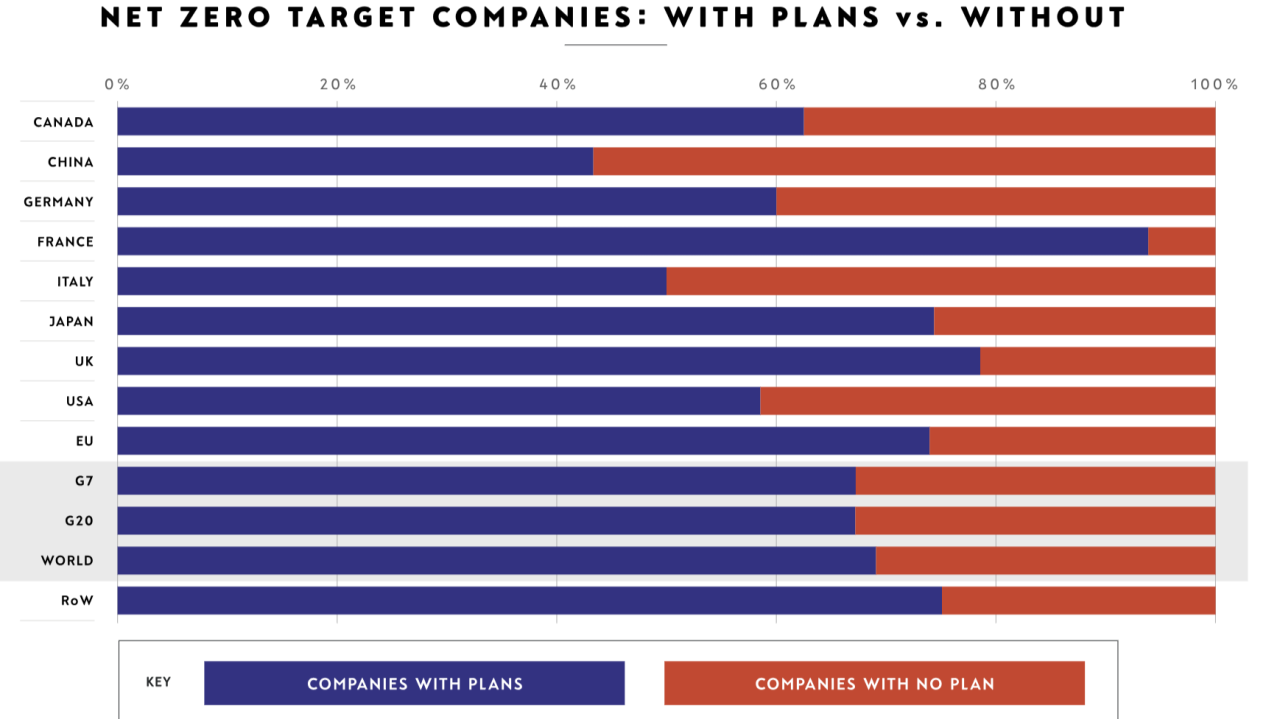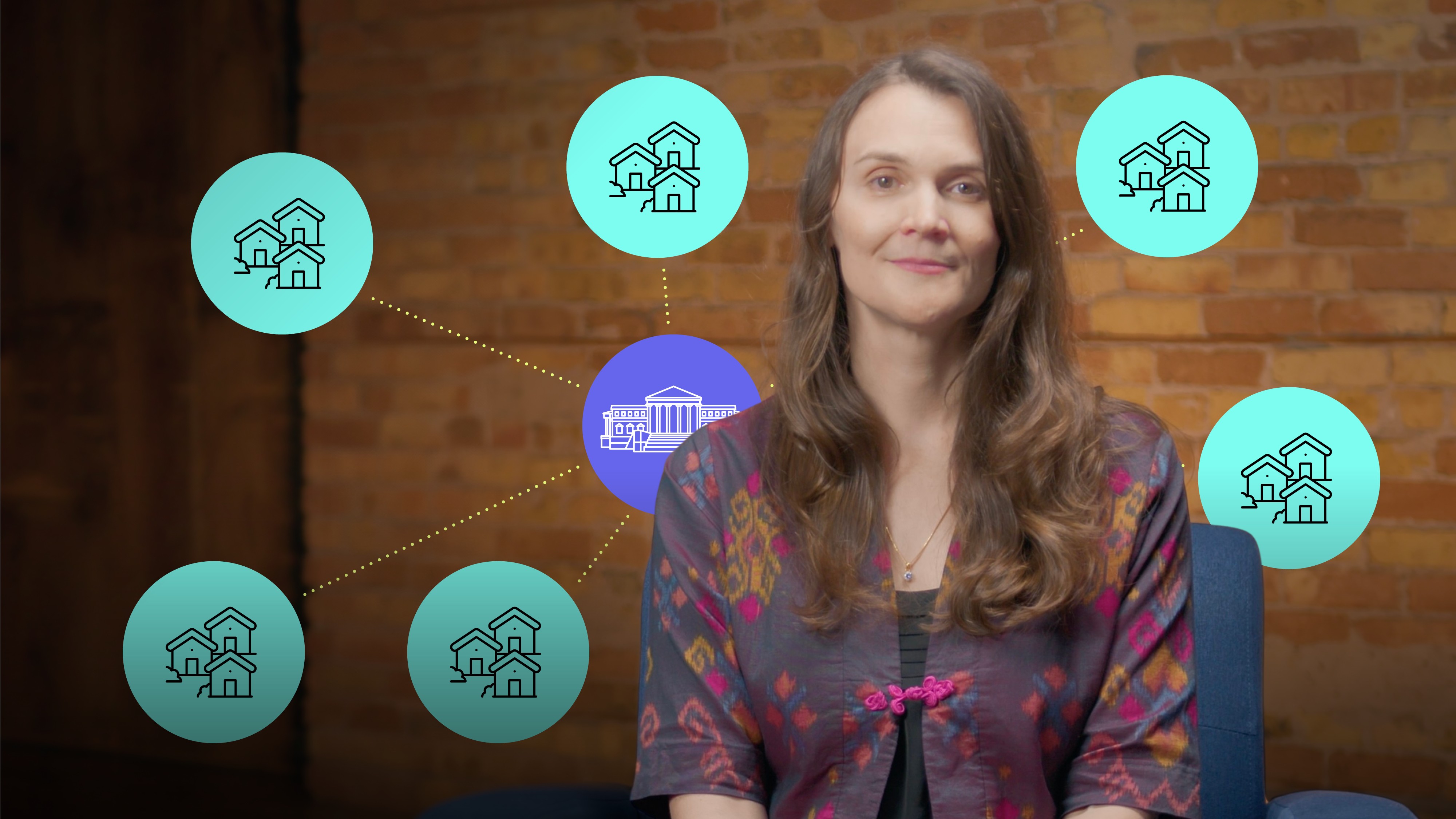
Can AI solve our sustainability challenges?

Rahul Bhushan
15 years: Structured Products and Sustainability
Discover how AI is being used to enhance energy efficiency, manage resources, and support sustainable solutions across various industries

AI often faces criticism for its significant energy consumption. And indeed, AI does consume a lot of energy. However, this view might be short-sighted and overlook the substantial contribution that AI is also making towards enhancing efficiency and fostering sustainable outcomes. Here, we explore how AI has the potential to help ease—and even mitigate--our environmental challenges and drive sustainability advancements that the world is not spending enough time thinking about.
Enhancing efficiency and resource management
AI’s ability to optimise resource use is crucial to reducing environmental impact. For example, AI systems in data centres have been shown to accurately predict energy needs and adjust usage in real-time, significantly enhancing energy efficiency.
AI is also already playing a role in integrating renewable energy into the grid. By forecasting energy production from solar and wind operations, which are inherently variable, AI systems have been shown to successfully predict the most optimal times to use renewable energy, thereby balancing supply with demand. For instance, Google has stated that its AI software technology has helped it increase the financial value of its wind power by 20%. Now, this same Google proprietary software is being piloted by Engie, a major French energy company.
Reducing methane emissions
We have seen AI deployed to revolutionise our current approach to monitoring and mitigating methane emissions, a greenhouse gas more than 80 times as virulent as carbon dioxide (over a 20-year period). The UNEP-led International Methane Emissions Observatory uses AI to provide accurate, real-time data on methane emissions, enabling targeted mitigation efforts. This technology has the potential to reduce methane emissions significantly, addressing not just methane’s climate change impacts but also its wide array of indirect effects on human health, crop yields and the health of vegetation through its role as a precursor to the formation of tropospheric ozone.
Smart agriculture
AI-powered precision agriculture uses data from sensors to optimise irrigation, fertilisation and pest control, significantly enhancing efficiency and sustainability in farming. This approach not only increases crop yields but also reduces water usage and chemical inputs. For example, AI-driven irrigation systems have been shown to reduce water usage by up to 30% while maintaining or increasing crop yields. This represents a huge ROI!
Additionally, precision agriculture has been shown to reduce the use of fertilisers by 20% and pesticides by 30%, according to studies published in journals like Nature Sustainability. These reductions have led to cost reduction and better efficiency, showcasing the transformative potential of AI in (smart) agriculture.

Energy management in buildings
We have seen AI systems design more energy-efficient buildings by simulating various design scenarios and their environmental impacts. This is enabling today’s architects to make informed decisions earlier in the design process, optimising for sustainability rather than treating it as an afterthought. AI-driven design tools have the potential to reduce energy consumption from buildings by up to 50%, as demonstrated across multiple case studies.
Transportation
AI advancements in electric autonomous vehicles, or robotaxis, offer significant emission reductions. According to a study published by the National Institutes of Health, greenhouse gas reduction per vehicle per mile in 2030 could be 87-94% less than the emissions of gasoline-based internal combustion vehicles in 2014 and 63–82% less compared to hybrid-electric vehicle emissions in 2030. Robotaxis will achieve this through optimised driving patterns and reduced congestion. Moreover, robotaxis will travel ten times more miles per vehicle compared to personally owned cars, further improving efficiency and reducing the overall number of vehicles needed on the road.
Smart grids
AI-enabled smart grids dynamically adjust electricity flow based on real-time conditions, minimising energy waste and enhancing efficiency. A study by MIT demonstrated that smart grids could reduce energy losses by 20% and integrate 50% more renewable energy sources.
Conclusion
While AI does pose energy challenges, its potential to drive efficiency, optimise resource use and support renewable energy investments makes it an indispensable tool in addressing our sustainability challenges. AI won’t just make processes more efficient; it will actively contribute to reducing emissions and promoting sustainable outcomes. By leveraging AI, we can harness its capabilities for a more sustainable and efficient future.

Rahul Bhushan
Share "Can AI solve our sustainability challenges?" on
Latest Insights

Lights in the fog: Positive signals for sustainability investment
2nd October 2025 • Henry White





































